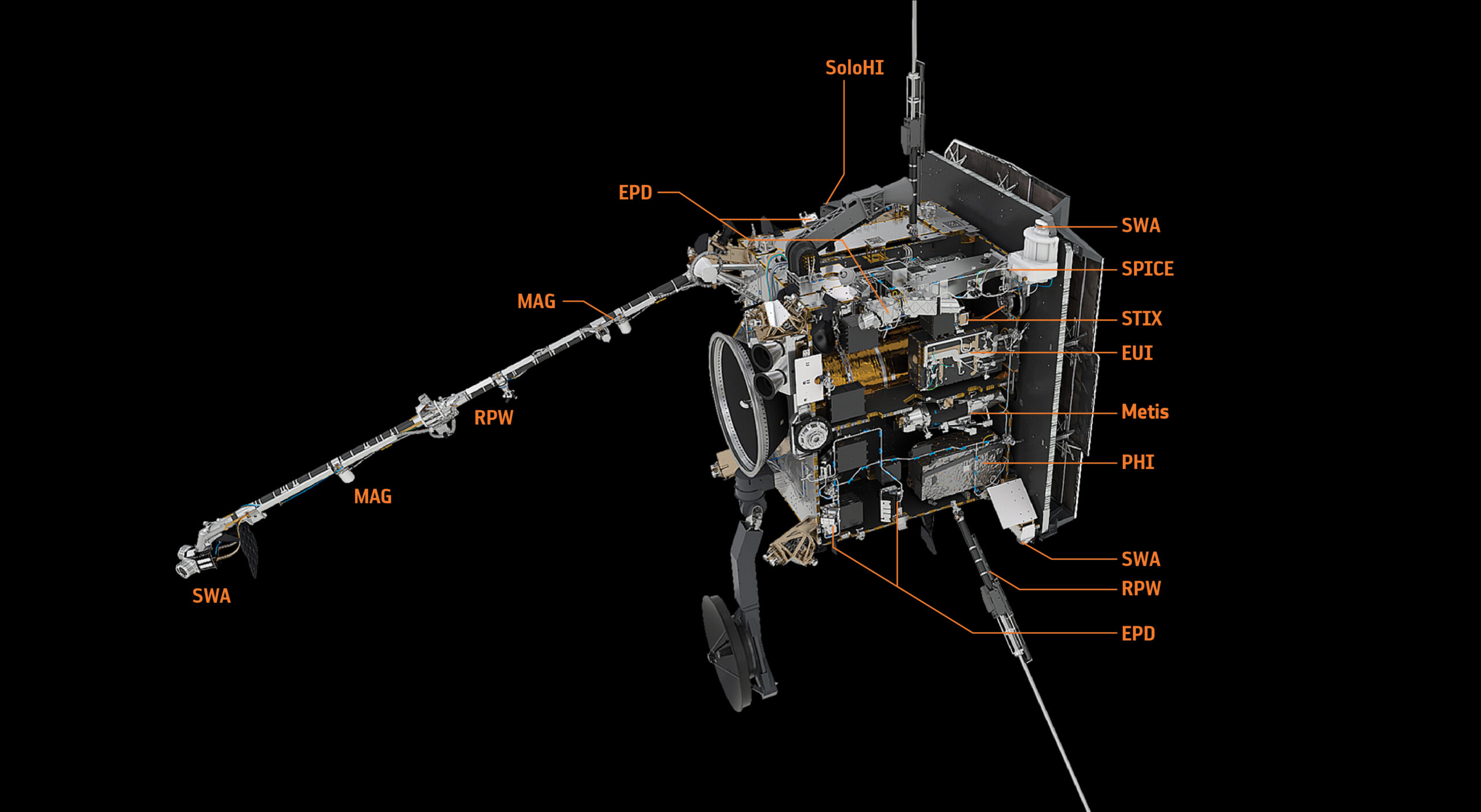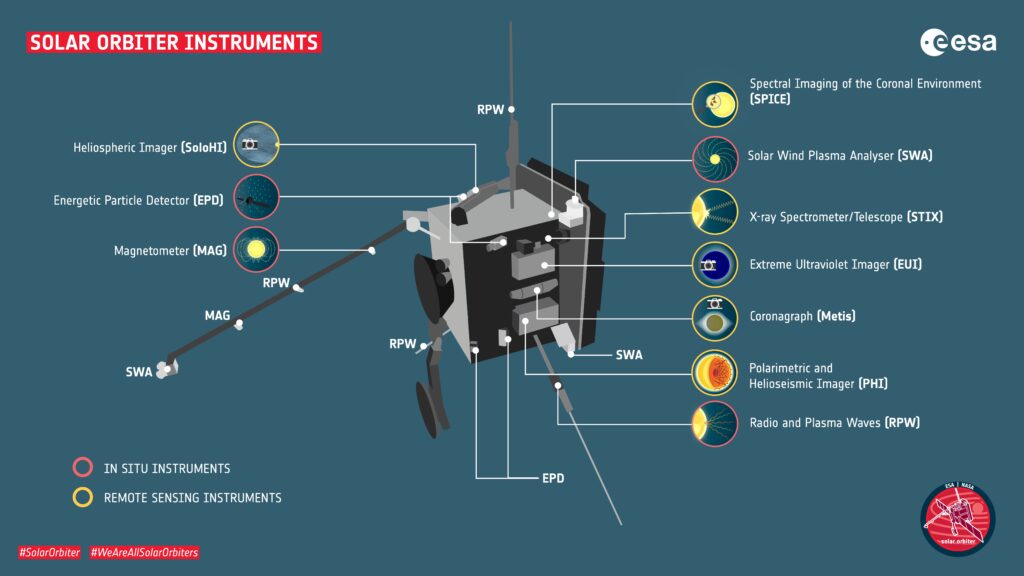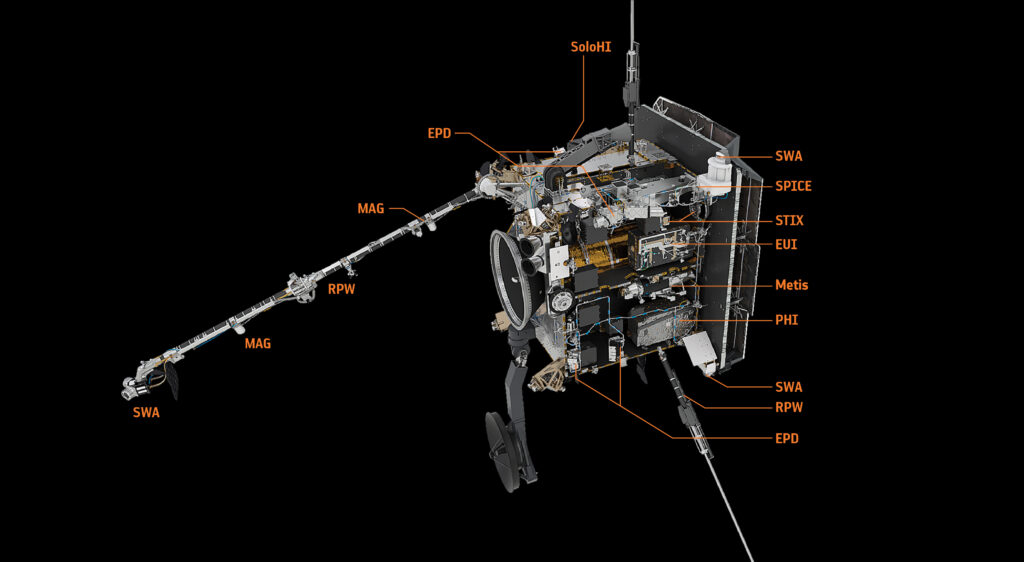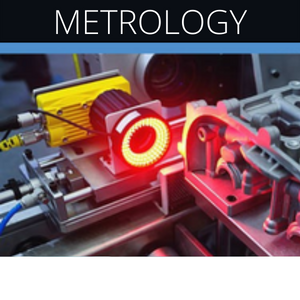Acktar’s Ultra Black Coating helps take amazing solar images!

The ultra-black ACKTAR Magic BlackTM coating the Metis measuring instrument of the Solar Orbiter, prevents stray light from outshining the fainter solar corona and thus making reliable measurements possible.
The Solar Orbiter (SolO), a mission of ESA’s international Cosmic Vision 2015-2025 science program, is designed to provide new insights into processes in and on the sun. To achieve this, the satellite has ten instruments on board. An important part of this SolO mission is Metis (Multi Element Telescope for Imaging and Spectroscopy).
This coronagraph uses a circular disk in the beam path to block out the sun’s glistening surface and can thus, study the corona, which radiates at least one millionth as faintly as the sun itself. Since even the smallest amounts of stray light interfere here or make measurements impossible, the corresponding surfaces in Metis were coated with the ultra-black coating ACKTAR Magic BlackTM.
Metis looks at the sun through a circular opening in the heat shield of the Solar Orbiter. The innovation: the mirror used here is much smaller than conventionally required, which allows the peephole with which Metis looks at the sun to be about one sixth smaller. This alone significantly reduces stray light and thermal stress on the Metis mirror. But the light diffracted by the disk and scattered by the telescope optics is similar in brightness to the corona, so it would sensitively disturb measurements.
In addition, any coronagraph operating in visible light is very sensitive to contamination from particles larger than 100 μm in the beam path. Molecular condensates that can form on the mirrors, filters and detectors also further reduce measurement accuracy.

That is why ESA chose ACKTAR Magic BlackTM from among many tested coatings.
This coating has been space-proofed many times. It does not outgas, nor generate particles, is vacuum and thermo-vacuum compatible and can withstand operating temperatures from -269°C to +450°C. The coating, which is only a few micrometers thin, is compatible with virtually all substrate materials and reduces total scattering to less than 1%.
That is why all internal parts of Metis are coated with ACKTAR Magic BlackTM. Despite the high thermal and – during startup – mechanical loads, the fine Magic BlackTM coatings adhere reliably.
The secret of ACKTAR Magic BlackTM: Although the layer is only 7.5 – 8.5 µm thin, it nevertheless has such an exquisite inner structure that no ray of light, once captured, can leave this structure again.
Although the Solar Orbiter is currently still on its “journey” to the sun, there are already first promising findings. The first images of Metis already exceed expectations in terms of detail and spatial resolution and promise many new insights into the sun.

The image combines a wide-angle view of the corona from the Metis instrument on ESA’s Solar Orbiter taken in visible light (580-640 nm, shown in green) with images from the ground-based Mauna Loa K-Cor coronagraph (shown in blue) and from the Atmospheric Imaging Assembly (AIA) instrument on NASA’s Solar Dynamics Observatory (SDO) taken in ultraviolet light (19.3 nm, shown in yellow). The texture represents the field lines from an extrapolation of the Sun’s magnetic field.
Metis will take simultaneous images of the corona in visible and ultraviolet wavelengths. This will show the structure and dynamics of the solar atmosphere in unprecedented detail, stretching out from 1.7 to 4.1 solar radii. This will allow scientists to look for the link between the behaviour of these regions and space weather in the inner Solar System.
Contact:
Sara Goswin
ACM Coatings GmbH (subsidiary of ACKTAR)
Jakobsring 3
06618 Naumburg (Saale) Germany
Fon: +49 3445-781565-2
E-Mail: [email protected]
LinkedIn: linkedin.com/in/sara-goswin-acm
www.acktar.com ; de.acktar.com












